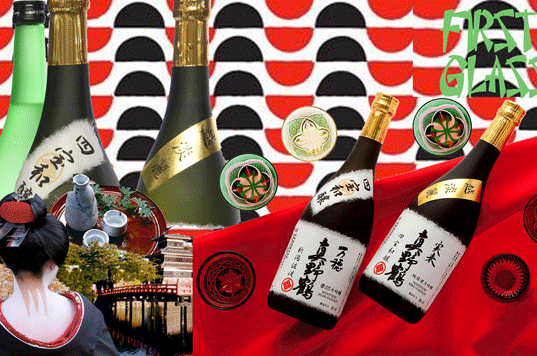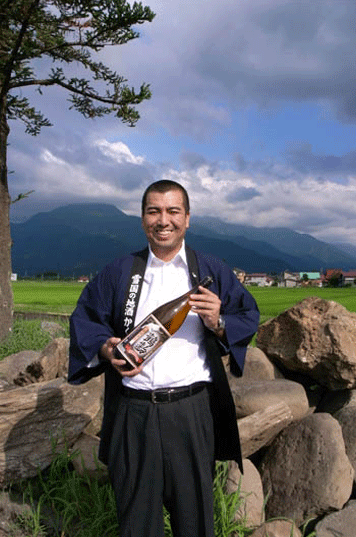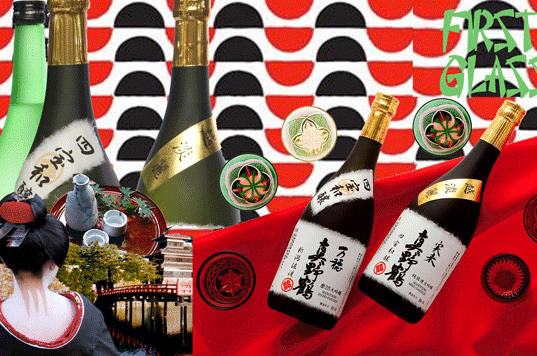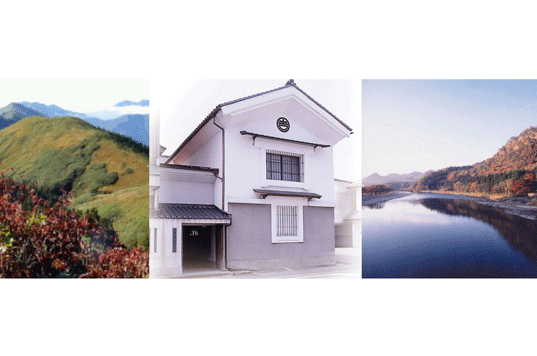
Some Like it Hot
Back in the day, when budgetary concerns defined my drinking habits, it was not unusual for me and the guys at college to pool our Washingtons and buy a few bottles of cheap, high-alcohol sake, pour it into a pot, heat it up, and drink it as fast as we could. The effect was predictable that night and the next day. This was not about savoring the pleasure of Japan’s national drink.
As is true with any mild altering beverage including wine, beer and whisky, sake has its experts who will tell you in mind-numbing fashion about its history, mysteries, how it’s made, the many types, how to drink it, and what you’re supposed to be tasting. Let’s get that part out of the way first. I have tasted no fewer than 200 sakes from about 20 prefectures of Japan, visited about a dozen kura (breweries), and given lectures on sake in Niigata and New York. That said I’m like the Japanese. I like young, cold sake on the dry side that has a pure taste having been made from highly polished rice.
Oh, you can go into the various gradations: Junmai, Daiginjo, etc. You can talk about the best regions for making sake: Niigata, Hokkaido, Akita, and so on. You can go on and on about the type of rice and koji (mold added to ferment the rice) used to make the best sake. Filtered, unfiltered, steel containers, wooden casks – the considerations are endless.

Folks, in Japan, when you’re ordering sake, it goes like this: “Sweet or dry?”
“Dry.”
Done.
Unlike wine, the flavor notes of sake are within a narrow range and the best are simply a matter of preference. Some say that the best are those made with the most polished rice. These are pricier since the process takes more time and is labor intensive. Others like a “fruitier” sake which tastes more of the rice. Some even prefer filtered sake that has a pure taste almost like water. Still, others like one that is more informed by the taste of rice.
The thing is this – 99% of sake is as clear as water, has an alcohol content of about 15-18% (double that of most wines), and tastes, well, like water. Delicious, the cleanest water you’ve ever had, and when it is served with fresh, raw fish, the combination is powerful and evocative.
Like other alcoholic drinks, most sake are developed to go with the cuisine. It’s the best drink to have with classic washoku or traditional Japanese food that existed before contact with European and other Asian traders. That food consists of sushi, rice, and vegetables, many grown in mountainous regions, often prepared by steaming and stewing.
Here are a couple hints to enjoying sake in bars and restaurants without worrying about it:
1. First, as is true when you’re learning about wine, try as many types as you can and see what you like.
2. Take notes.
I tend to buy sake from Niigata. Having worked with brewers there and visited their sake-no-jin matsuri, an annual festival where over 95 breweries offer their products, I am familiar with their super dry sake. The prefecture gets about 12 feet of snow each winter, the snow melts, and the result is pure, clean water.
One final word – if you like, go ahead and order it hot. I’m not going to tell you what to do. But, listen, heating up the best sake is like boiling a great Burgundy. Try it cold in a little glass.
Was I right?
www.shrinkinthekitchen.com


